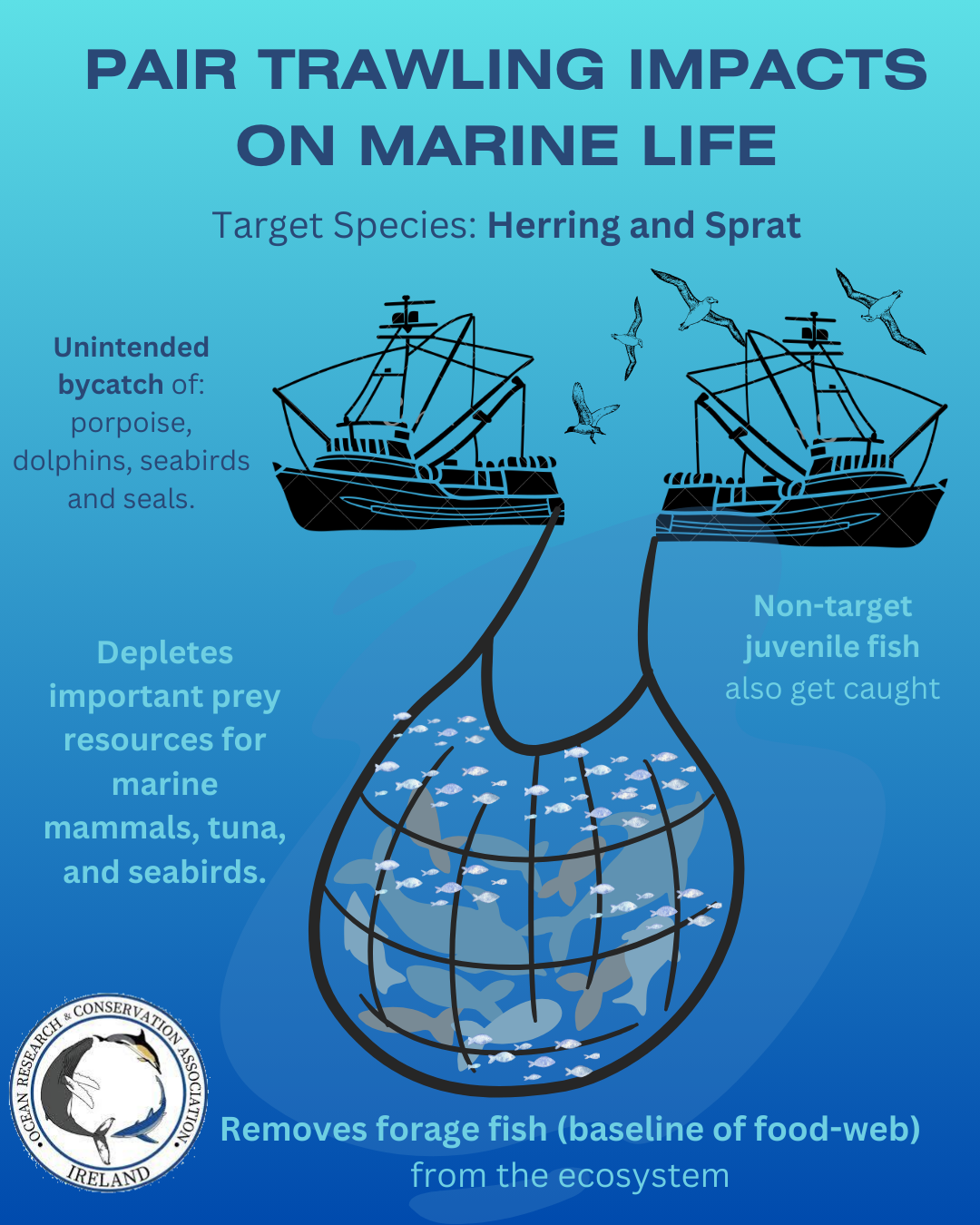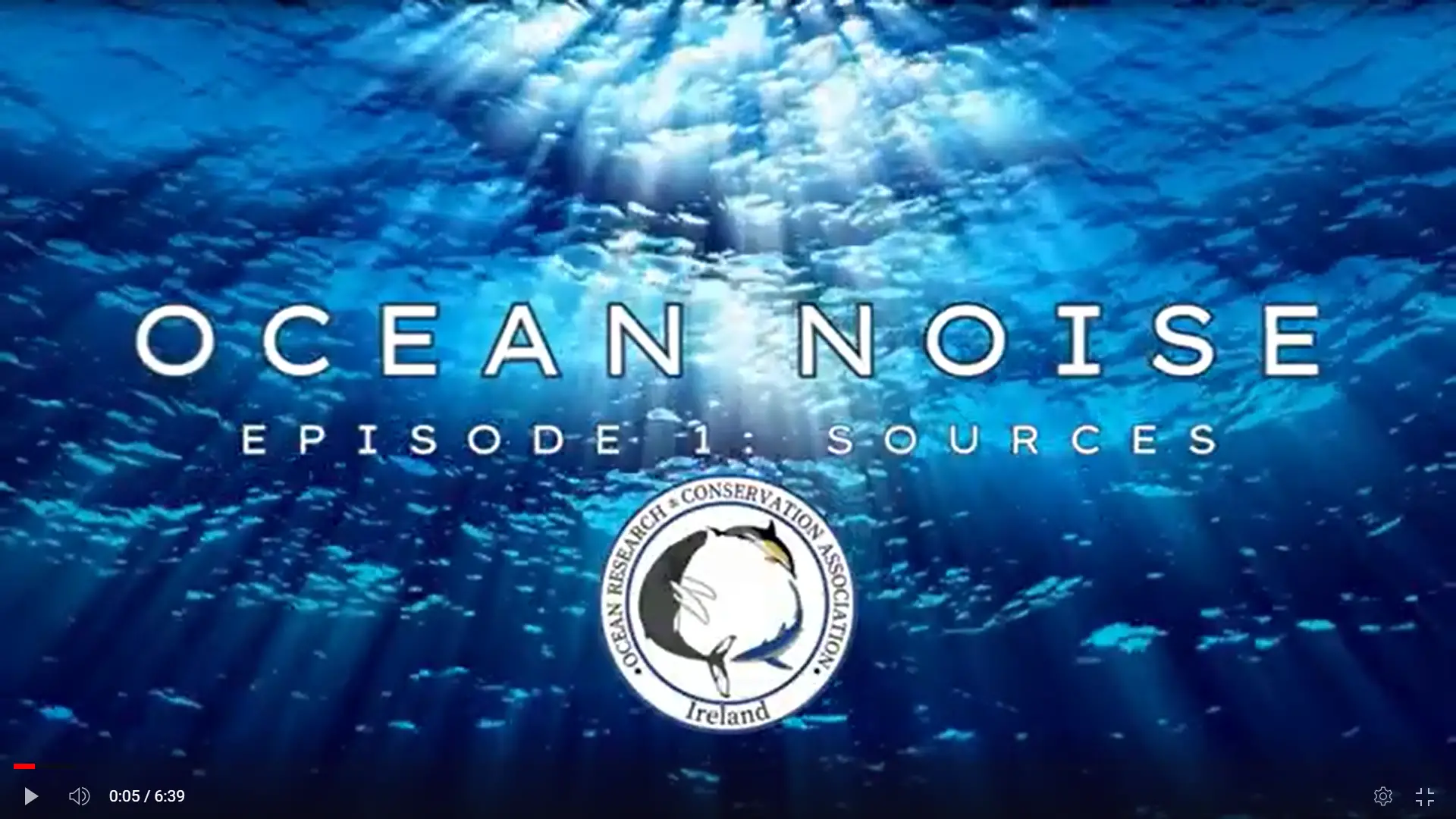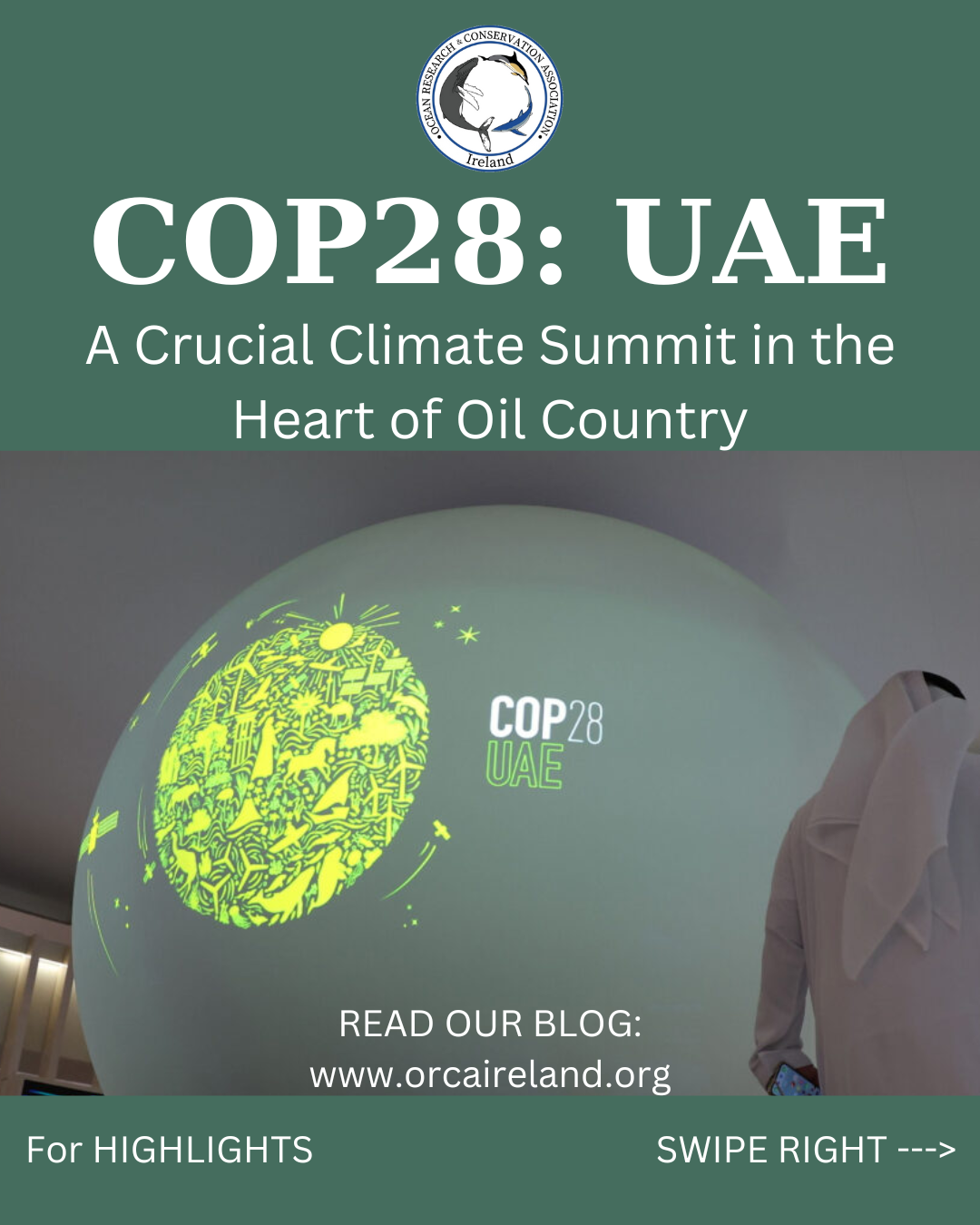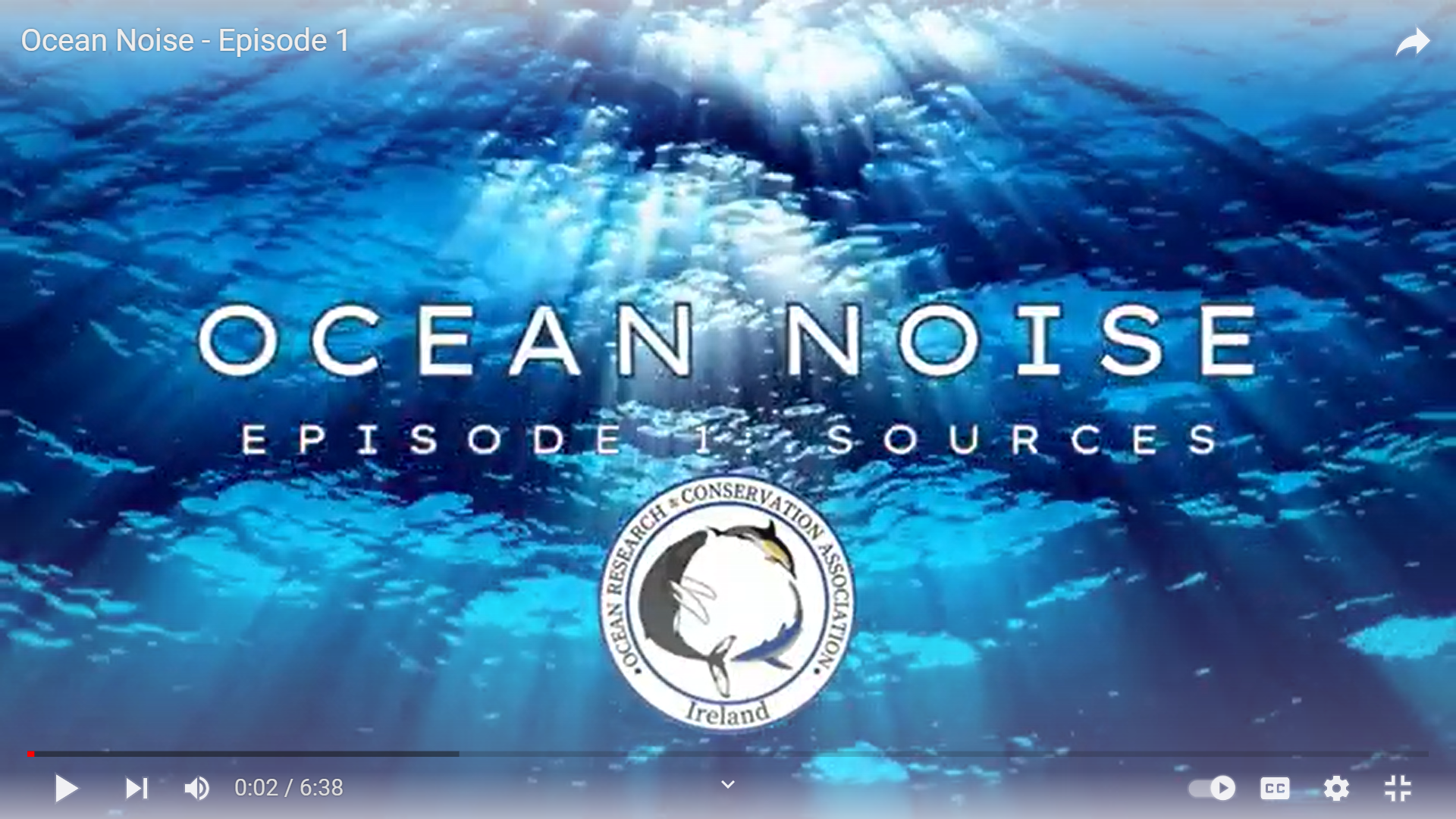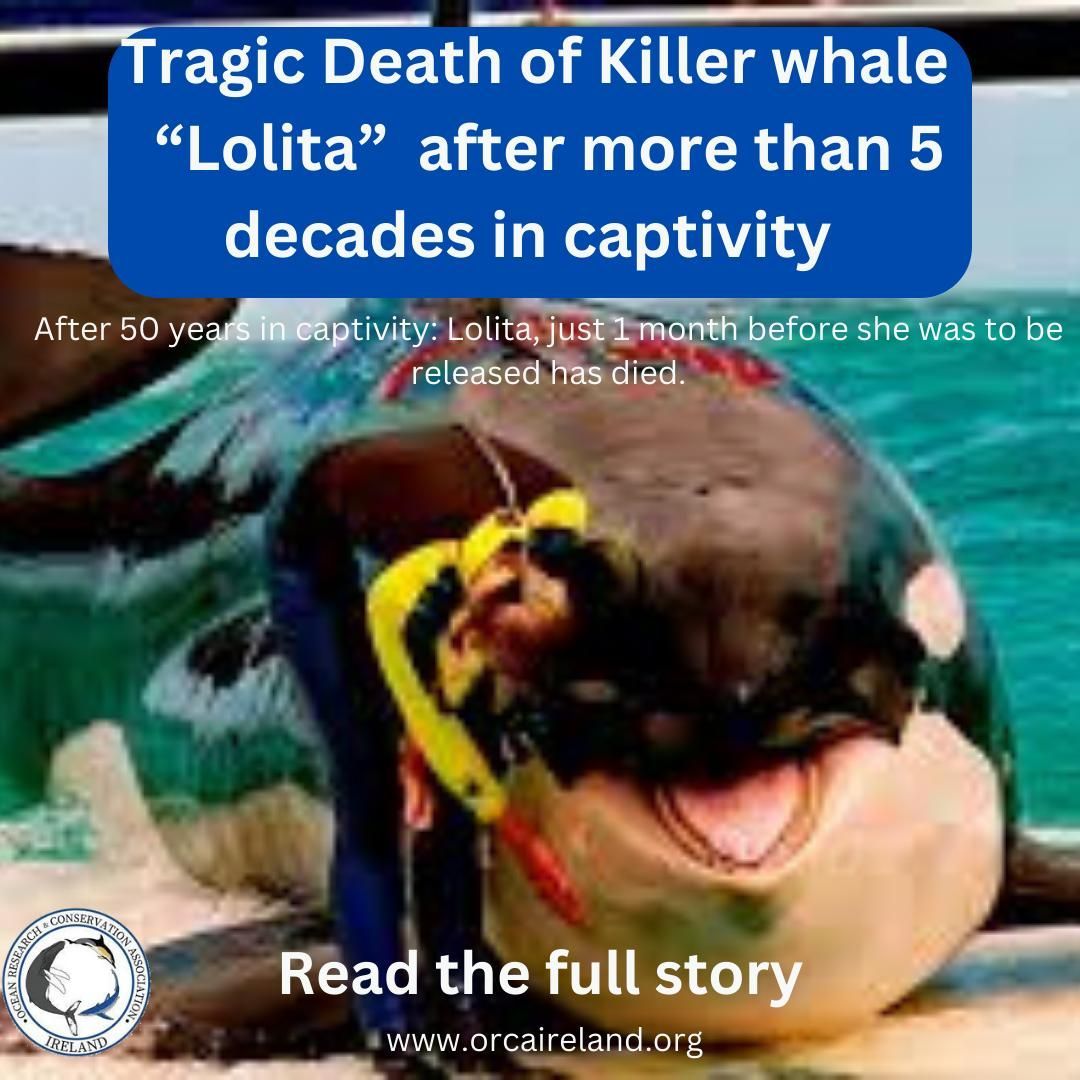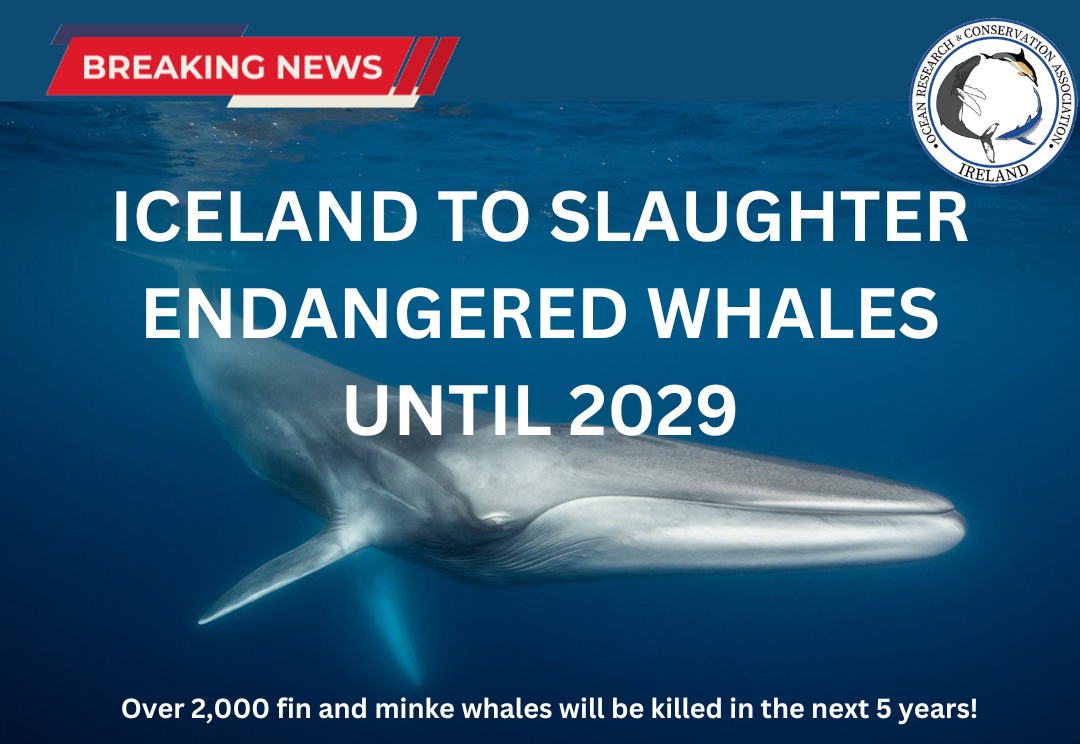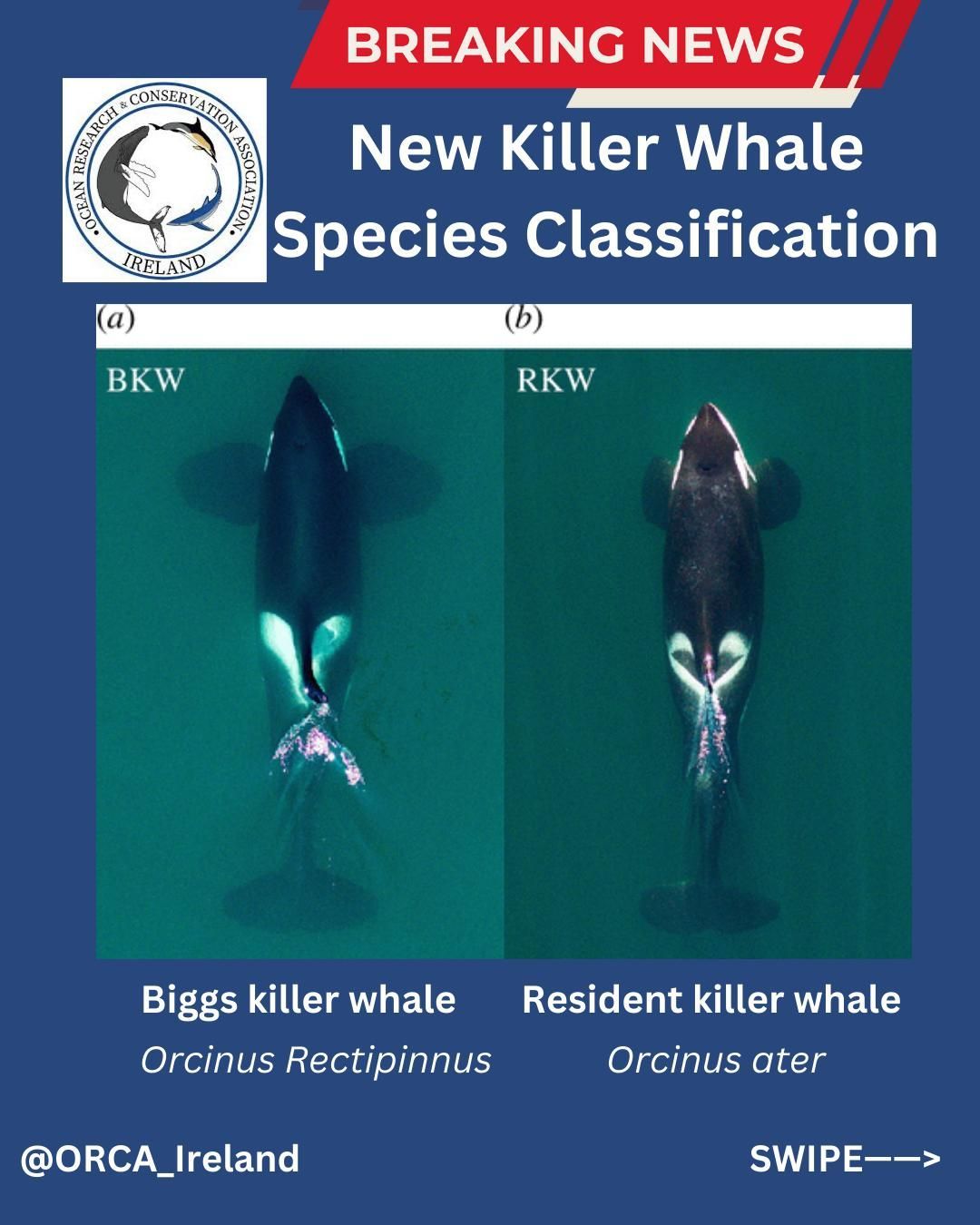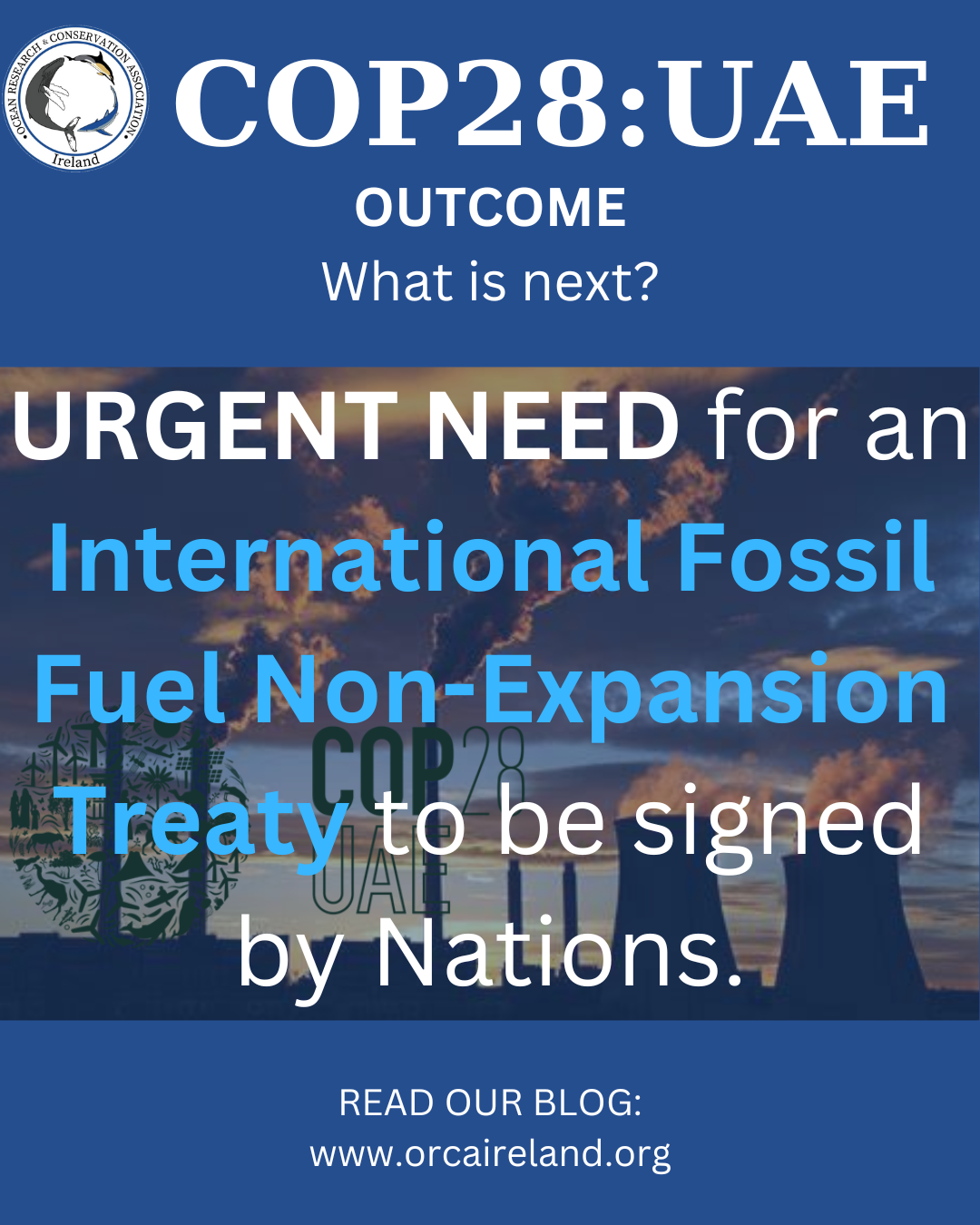Extinction of Marine Megafauna and Its Impact on the Functional Diversity of Marine Ecosystems.
New research has examined the traits of marine megafauna to better understand the potential impacts of their extinctions under different future scenarios on marine ecosystems. The results are poignant as they point to irreversible ecological consequences that will result in the loss of functional diversity.
Given the global extinction crises, in a new paper published in Science Advances
, researchers examined the traits of marine megafauna, defined as the largest animals in the oceans, with a body mass that exceeds 45kg. Marine megafauna therefore include, sharks, whales, seals and sea turtles. These species are key ecosystem engineers and play a vital role in marine ecosystems through the consumption of large amounts of biomass, transporting nutrients across habitats, connecting ocean ecosystems and physically modifying marine habitats.
Specific traits such as their size, their diet, and their distribution help to determine species' ecological functions. To examine these traits and to quantify the contribution of marine megafauna to ecosystems and assess the potential consequences of their extinctions, scientists measured the diversity of traits within a species.
The research led by Dr. Catalina Pimiento of Swansea University developed a dataset of all known species- level traits which allowed them to understand the extent of their ecological functions in marine ecosystems. They then simulated future extinction scenarios and quantified the potential impact of species loss on functional diversity. To do this, the researchers developed a novel index - Functionally Unique, Specialised and Endangered (FUSE) which can recognise threatened species of particular importance for functional diversity and can inform conservation priorities.
The results were startling, if current extinction trajectories hold, in the next 100 years we will loose 18% of marine megafauna species, which will consequently result in a loss of 11% of our ecological functions. If all current threatened species are to go extinct, we could loose 40% of species and up to 48% of ecological functions.
The highest scoring FUSE species included green sea turtle, the dugong and the sea otter. A strong focus on the conservation of area specific high scoring FUSE species can thus, help the conservation of ecological functions provided by marine megafauna.
© Ocean Research & Conservation Ireland (O.R.C.Ireland) and www.orcireland.ie , est. 2017. If you like our blogs on the latest news in marine science and would like to support our work, visit www.orcireland.ie to become a member, to volunteer or to make a donation today. This article has been composed based on credible sources.
References:
Pimiento, C., Leprieur, F., Silvestro, D., Lefcheck, J.S., Albouy, C., Rasher, D.B., Davis, M., Svenning, J.C., Griffen J.N., (2020) Functional diversity of marine megafauna in the Anthropocene. Science Advances,
6
. 16.
SHARE THIS ARTICLE
